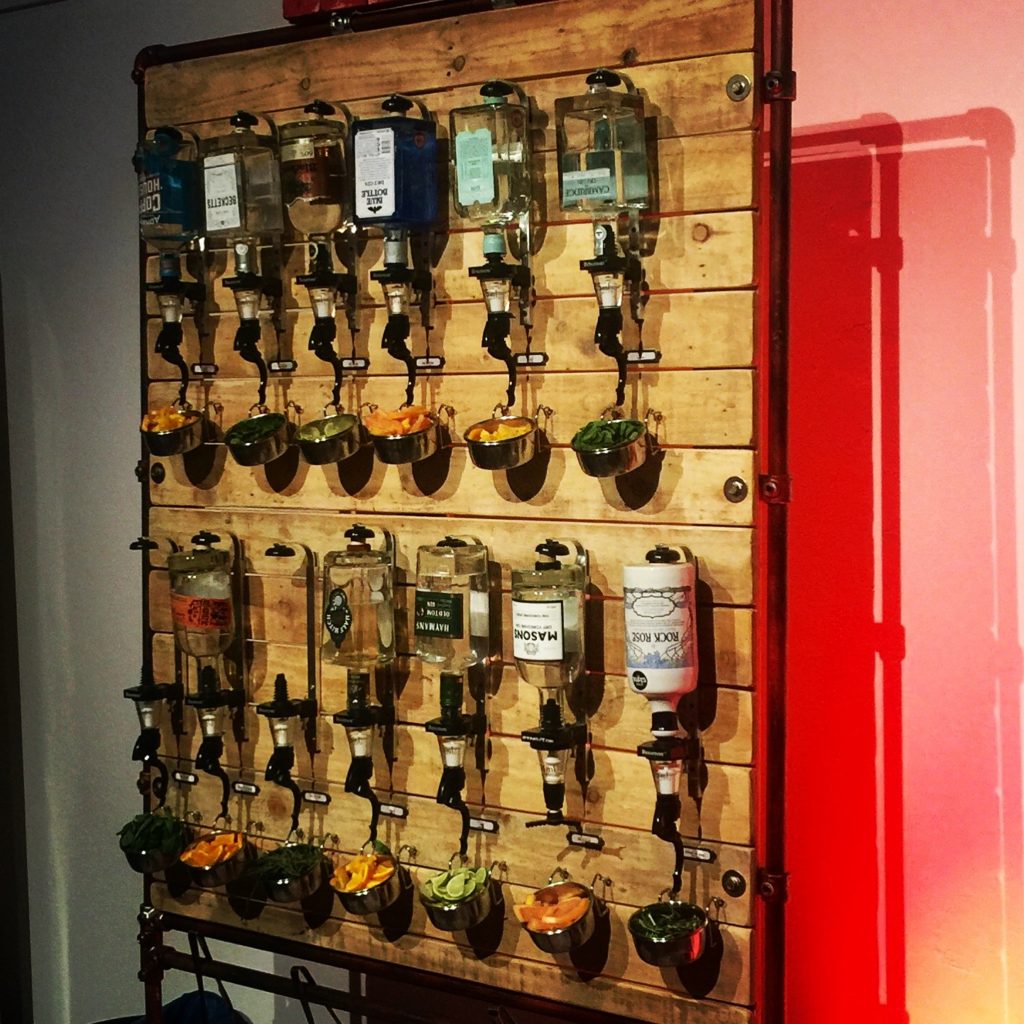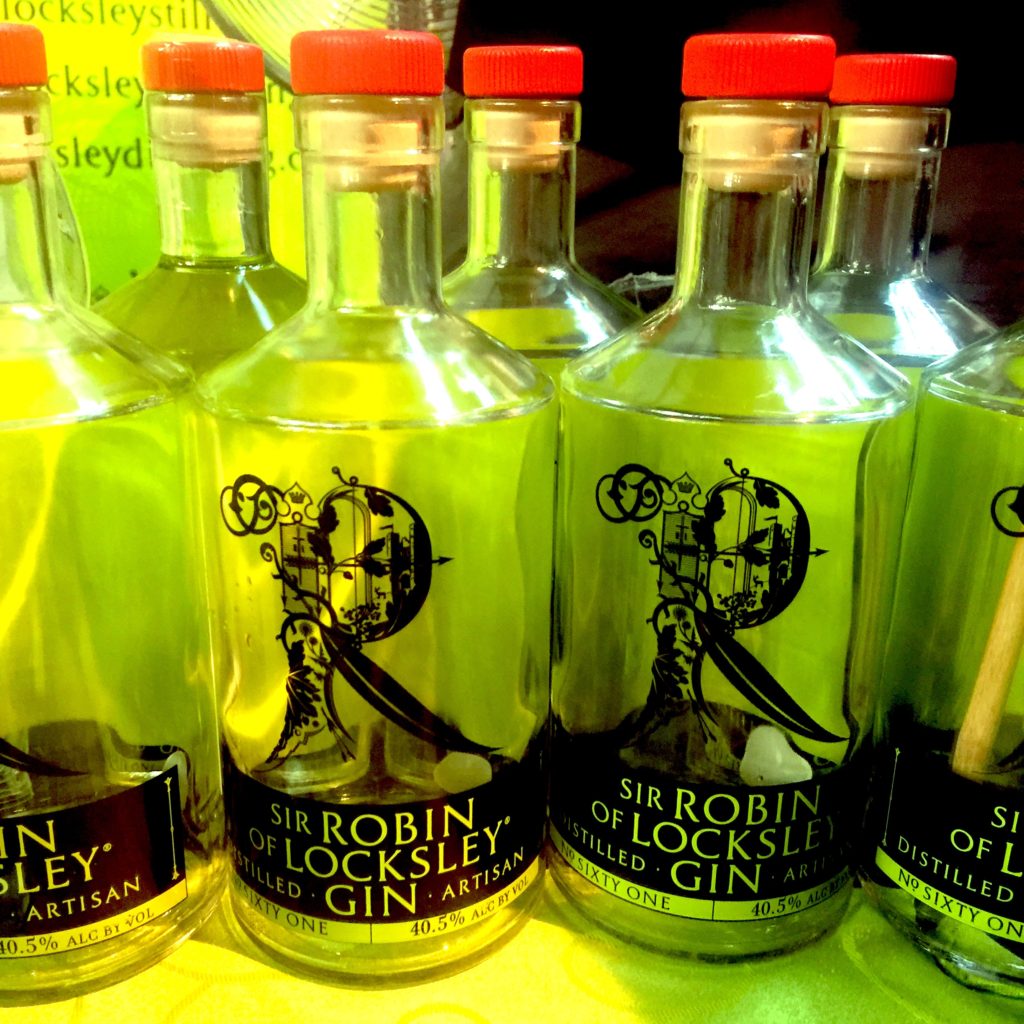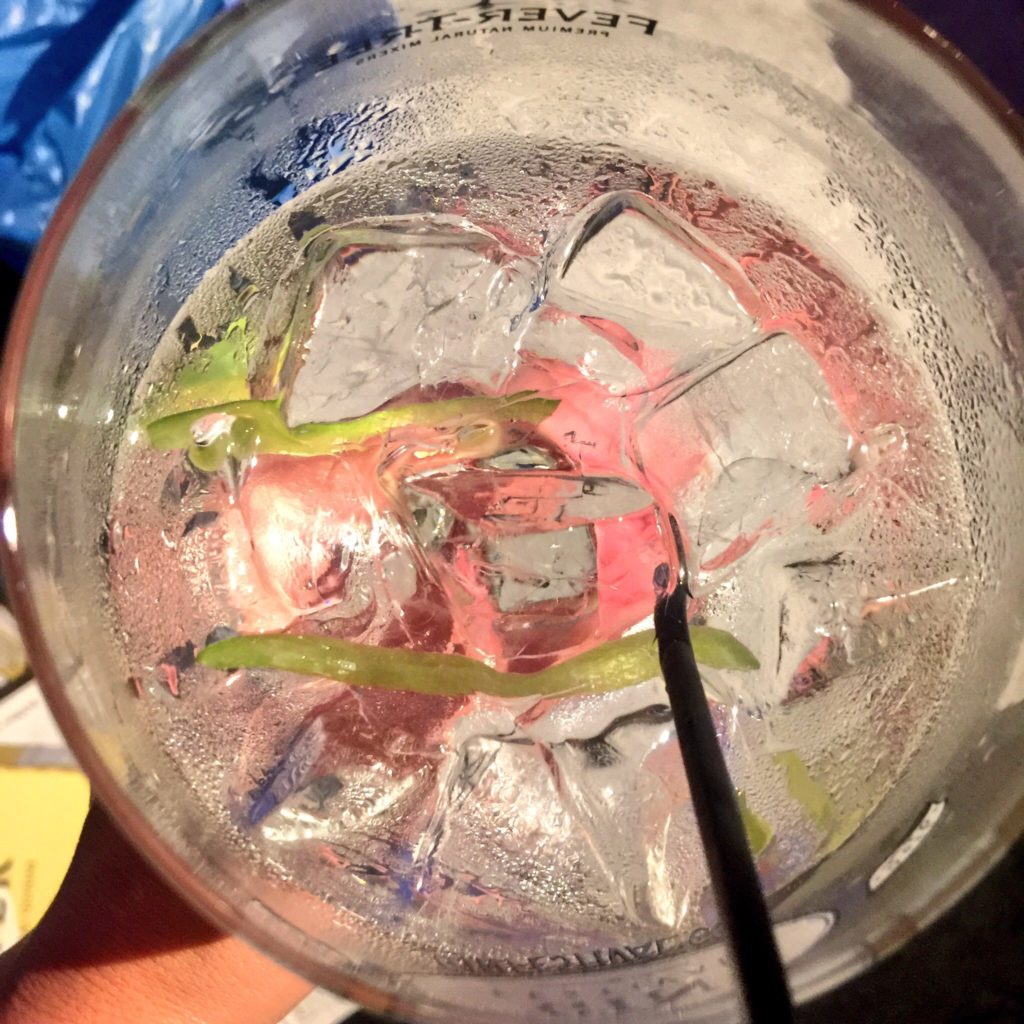Having written my dissertation on gin for my Master’s degree in Food Studies last year, there isn’t much that I don’t know. I love gin’s colourful history, its flavour and its resilience. Even ten years ago gin was a drink for grandmas, however, the ginaissance has occurred and many newcomers are enjoying the spirit as it enjoys a boom in both production and popularity.
Because gin doesn’t need ageing, such as a whisky, it has a very quick turnaround, and provided you have the cash, you can set up a gin distillery one week, and be selling the next. This is precisely what is happening all over the world, but particularly here in the UK.
The gin market is flooded in my opinion, and just because the liquid is in a great looking bottle, with a quirky label, and made by somebody passionate for all things gin, it doesn’t mean that all these craft gins are any good. With over 600 gins worldwide, I haven’t tried them all, although I am certainly doing my best to. I tried a fair few (perhaps too many) at the industry fair Imbibe the other month and like with all products, packaging will seduce me to a certain extent, but then if the liquid is not good, I couldn’t care less about how gorgeous and eye-catching the branding is.
I like gins to be ginny. What does that mean? Gin, in the EU, is a predominantly juniper flavoured spirit – meaning juniper has to be the main flavouring agent. You can put whatever else you like in there, but there has to be more juniper than anything else. It is this juniper quality that I adore about gin. I find many people don’t like juniper, and many new-age gin producers are making gins with less of a juniper-focussed flavour, which to me, doesn’t appeal at all. My friend Sally doesn’t enjoy gin, and at Imbibe, there were several gins that she didn’t mind because the juniper was so soft, they almost weren’t gins.
I can understand this is to broaden the appeal to some people who don’t like a traditional, big gin, however, for those of us who do, many of these craft gins disappoint as they just taste like herbal vodka. Big flavours doesn’t mean the gin is nasty or rough. The burn-factor as I call it, that throat-burning sensation you feel when you drink nasty alcohol, is present in all kinds of gin, whether they have strong flavours or not, and it is certainly not a welcome quality in my book. Sure it can get mellowed out with tonic, however, many producers these days are making very refined gins known as sipping gins. To test every gin I have for the first time, I try it neat, unadulterated so I can assess things such as the burn-factor and flavour profile. I then usually add ice and tonic as gin for me is about refreshment mostly, and rarely do I feel like sipping a room-temperature nip the way one does with whisky.
The Gin Festival, was a supremely well organised event with lovely additions like your own tasting goblet, little carrier bag for it that you sling across your shoulder and very well laid out displays, showcasing each gin and its garnish. Unfortunately, the majority of the ten gins I tried seemed to be not so ginny, in fact, many of them became entirely washed out with just a dribble of tonic. Sigh.
The standout ginny gin of the show was Sir Robin of Locksley, which was bold yet possessed a gorgeous sweetness and length of finish. Another interesting, although somewhat subtle gin, was an Australian gin named West Winds. Garnished with a strip of green pepper the savoury quality was something that appealed to me in a big way.
Gins that were less inspiring included Poetic License, Rock Rose, Jodhpur and the special edition of Tarquin’s. These all would have been enjoyed by non gin-lovers. Lacking backbone and focus, they were almost diluted to nothing when tonic was added. I must laugh at my Partner in Crime who made the bad decision of adding elderflower tonic to one that had strong notes of cardamon – my suggestion was ginger to create more warmth and blend in with the cardamon. With the addition of the elderflower tonic this concoction smelt like some kind of industrial air freshener or cleaning spray, and tasted not much better…
With over one hundred gins to try it was impossible to try them all, and perhaps it was just bad luck that we chose gins that were not to our palate. All one could go by were the tasting notes in the programme, some of which were rather misleading, but hey that’s subjectiveness for you. What is weak and bland to me is robust and flavoursome to you. And that’s ok. That’s what makes things interesting.
Again, big props to Gin Festival for putting on such a lovely event. I look forward to the next.





